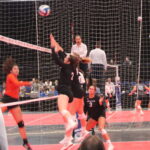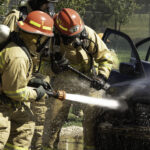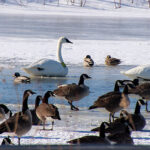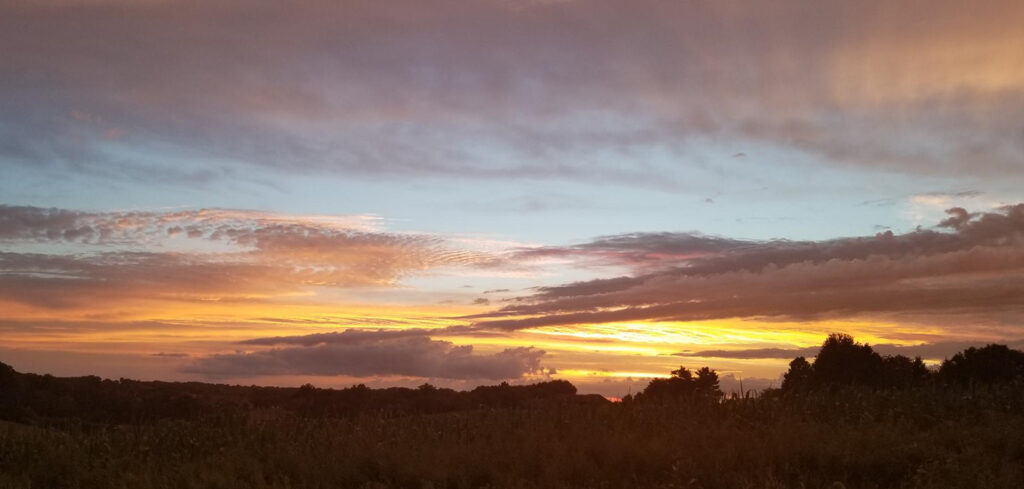
The California wildfires have burned more than 4.1 million acers of land, damaged or destroyed over 9,000 structures and tragically a confirmed 31 people have been killed, according to fire.ca.gov.
One of the largest fires has been burning since Aug. 16. It has burned more than a million acres and it is now 76% contained. To put it in perspective, the 4.1 million acres of land that has burned is equal to about 8% of Iowa. Many of the fires were caused by a lightning storm however at least one, the El Dorado fire, was caused by a smoke bomb used during a gender reveal party.
The fires have caused far reaching environmental effects. The smoke cloud has been caught in the jet stream has drifted over the United States and is now reaching France. The smoke cloud has even been reducing the ability of solar panels to absorb sunlight and thus produce electricity. Researchers at Stanford University said that in the days after many of the fires that were started by lightning strikes, hospitalizations due to respiratory illness increased by 10 percent, according to theguardian.com.
The California fires however are not the only wild fires that have taken place this year. In late 2019 and January 2020, Australia suffered massive wildfires and in July, Siberia Russia had numerous wild fires that burned 47 million acres of land, according to CNN.com.
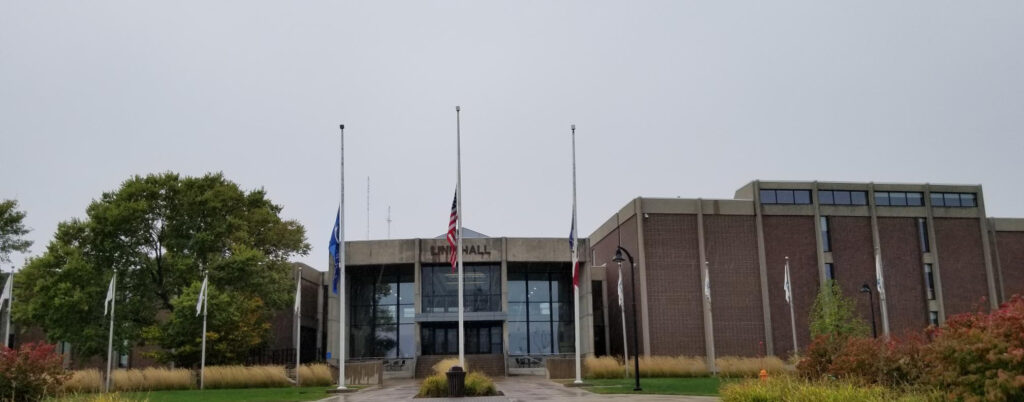
Fred Ochs, professor of chemistry and earth science at Kirkwood Community College, answered the following questions in a Q&A interview.
Q: We were able to see the noticeable difference in our sky for a while. We saw “the haziness” as well as more vibrant sunsets. Was that caused by the wild fires in California? If so, was our air quality effected?
A: Yes, our sunsets (and sun rises!) were definitely affected by the smoke from the California wildfires. They have been pretty spectacular the last several weeks. The haze was partially due to the wildfires as well.
Our air quality in Iowa was affected as well. You can find the local air quality at airnow.gov. You can find the plume of smoke from the western fires at https://fire.airnow.gov/. Make sure to “zoom out” once the map has loaded so that you can see the entire USA.
Q: Would the smoke at its worst point prevent solar panels from working?
A: Since solar panels use visible light and the particulates (the smoke) blocks visible light, the smoke would reduce the amount of electricity a solar panel would produce. The photovoltaic panels would still work, just at a lower power level. I don’t have exact numbers, but with the amount of haze we’ve been experiencing here in Linn County it wouldn’t surprise me if the drop in electrical production was significant on the very hazy days.
Q: Can the smoke cloud be large enough to cause a short-term temperature changes because of the particulate in the air? Like after some of the larger volcanic eruptions?
A: Yes. The fire smoke cloud has covered most of the USA several times in the last few weeks. The particulates are soot, so they have a low albedo (they are “dark”) which means they absorb visible light. In the lower atmosphere they absorb the sunlight and become warm, which warms that part of atmosphere (and us!). It would be a small effect, but measurable. I wouldn’t be surprised if there are atmospheric scientists that are measuring that temperature increase right now.
Our drought has made the effect longer lasting. Rain would normally remove the soot pretty quickly.
Volcanoes erupt high albedo (light colored) ash and they often send it into the upper atmosphere where it can remain for longer periods. This means the Earth cools (light particles reflect sunlight) for longer periods.
The soot may settle on to surfaces like snow and ice, causing them to absorb more sunlight and melt more quickly. That would also warm the Earth.
Q: Can this be attributed to global warming or poor forestry management?
A: That’s a great question that I don’t have a solid answer for. Climate change has made fires more likely – since it changes precipitation patterns – but I don’t know what scientific work has been done to look for causal links between these specific fires and climate change.
Either way, it’s almost certainly not poor forestry management. We’ve been managing these lands one way or another for over a century, and we’ve never had so many fires as we’ve had in the last decade.

Jessica is in the Digital Arts program and previously graduated with an AA in Liberal Arts and a Bakery Certificate. She enjoys cooking, hiking with her dog, Daisy, taking pictures and spending time with her family.
Categories: Local News, News



